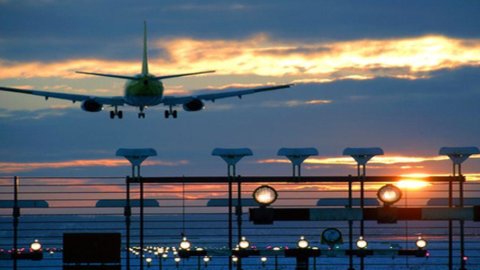The entire aviation sector (considering airlines, airports, the aeronautical industry and service providers) contributes 15 billion euros to the national GDP, offers jobs to 500 people and handles traffic of 149 million passengers. But, after the Guidelines issued by the Ministry of Economic Development and Infrastructure last January, a fundamental premise for the new National Airport Development Plan, it risks facing a severe contraction.
15 of the 46 airports open to commercial flights, defined by the guidelines as "not of national interest", could bear the costs of a reorganization of the Italian airport system. If the choice of these "minor" sites is confirmed at the State-Regions Conference, they will be destined for the Regions and two different scenarios will open up for these realities: the possibility of operating with a regional concession or of being directed to other destinations or at closing.
In practice, they will have to fend for themselves and the local authorities and the Chambers of Commerce that are members will have to decide whether to recapitalize them, covering the accumulated operating losses, against a reorganization and revitalization plan, transfer the shareholding to private individuals, or close them, with all the implications of the case. This scenario was discussed today in Rome, in the context of a conference organized by Unioncamere and Capo Horn with the support of Uniontrasporti.
"We certainly don't want to affirm the futility of an overall reorganization of the system", reiterated the president of Unioncamere, Ferruccio Dardanello. “Many airport management companies also report highly negative operating results, together with the unbalanced ratio between costs and revenues per passenger which certainly cannot be ignored. But for any reorganization action, accompanying policies are needed to identify alternative solutions and/or remodulation of the cost framework, and system policies, which do not only take account of the budgetary results but also of the benefits for the territory. The same European logic - while emphasizing that the behavior of public shareholders must be based on the principle of the private investor in a market economy - seems to offer the possibility, in some specific and circumscribed cases, of constructing support policies for airports and airline companies".





